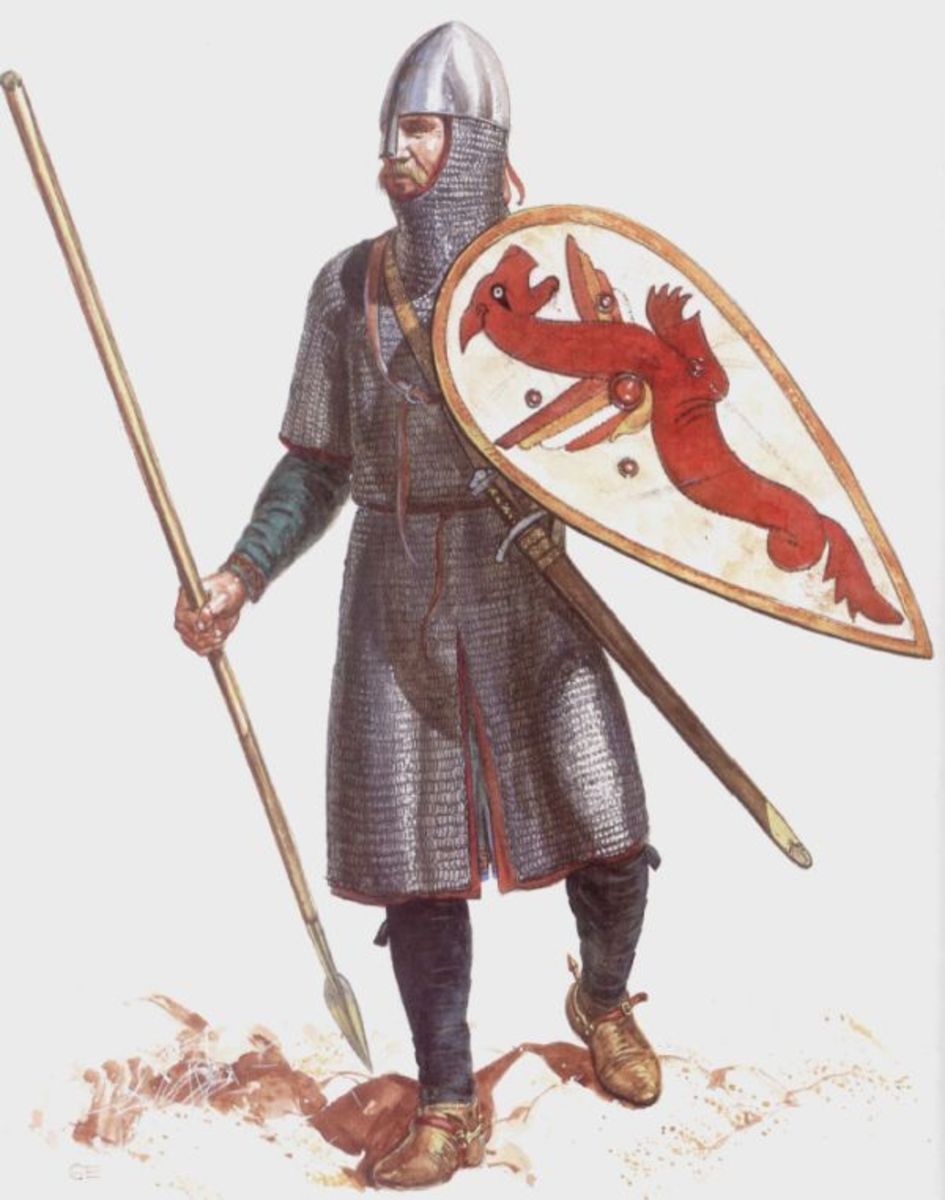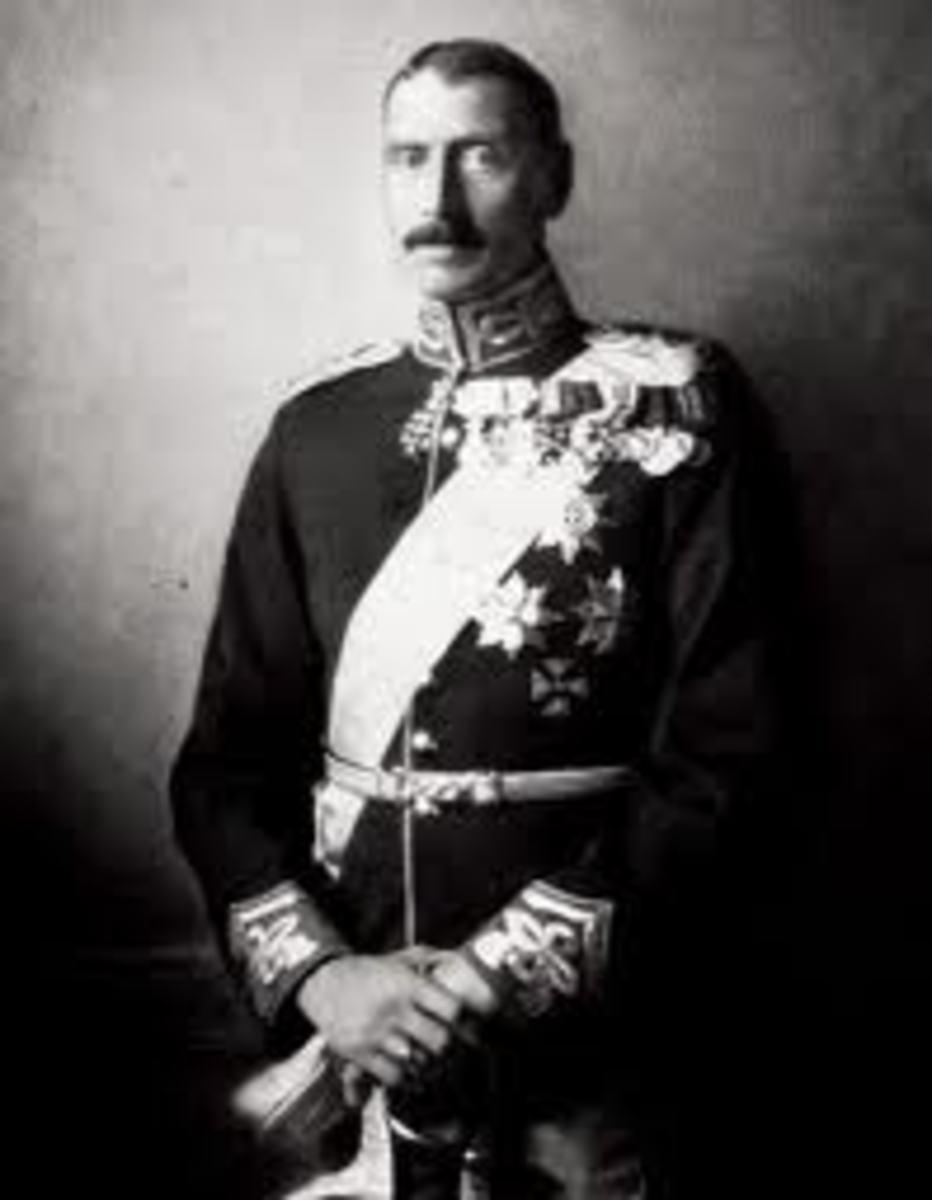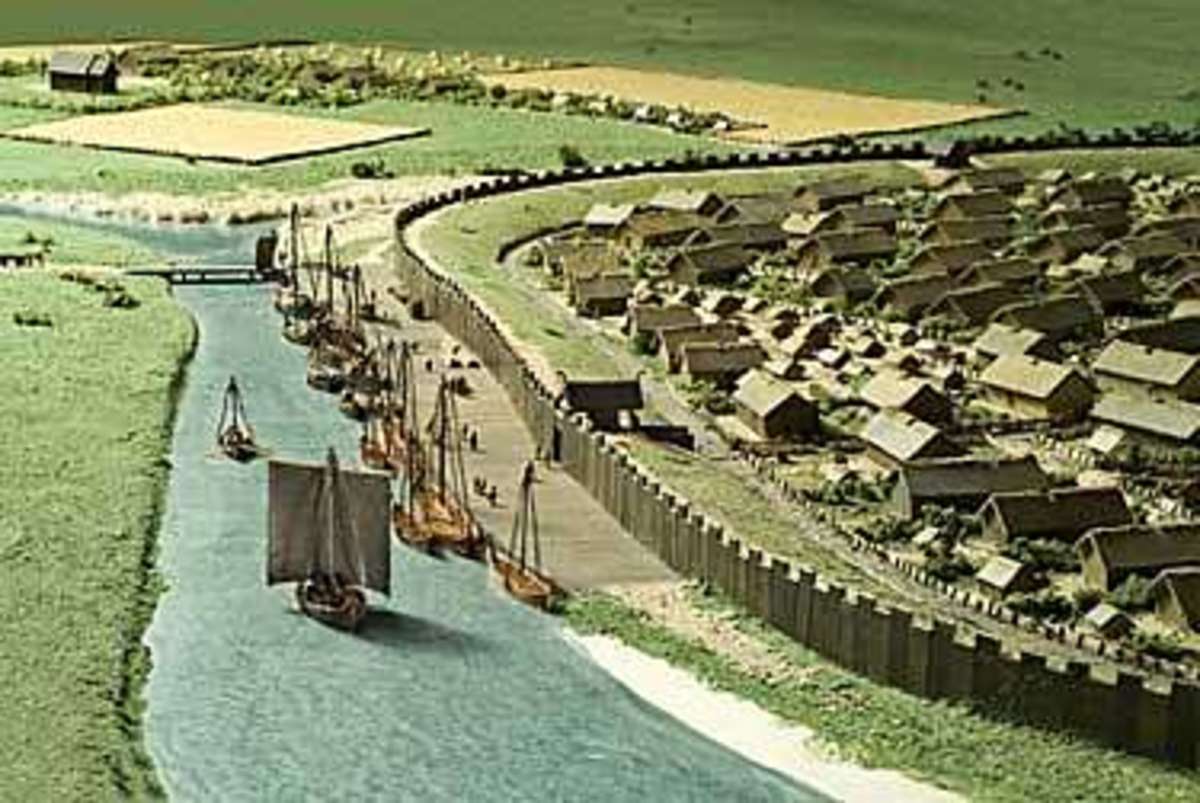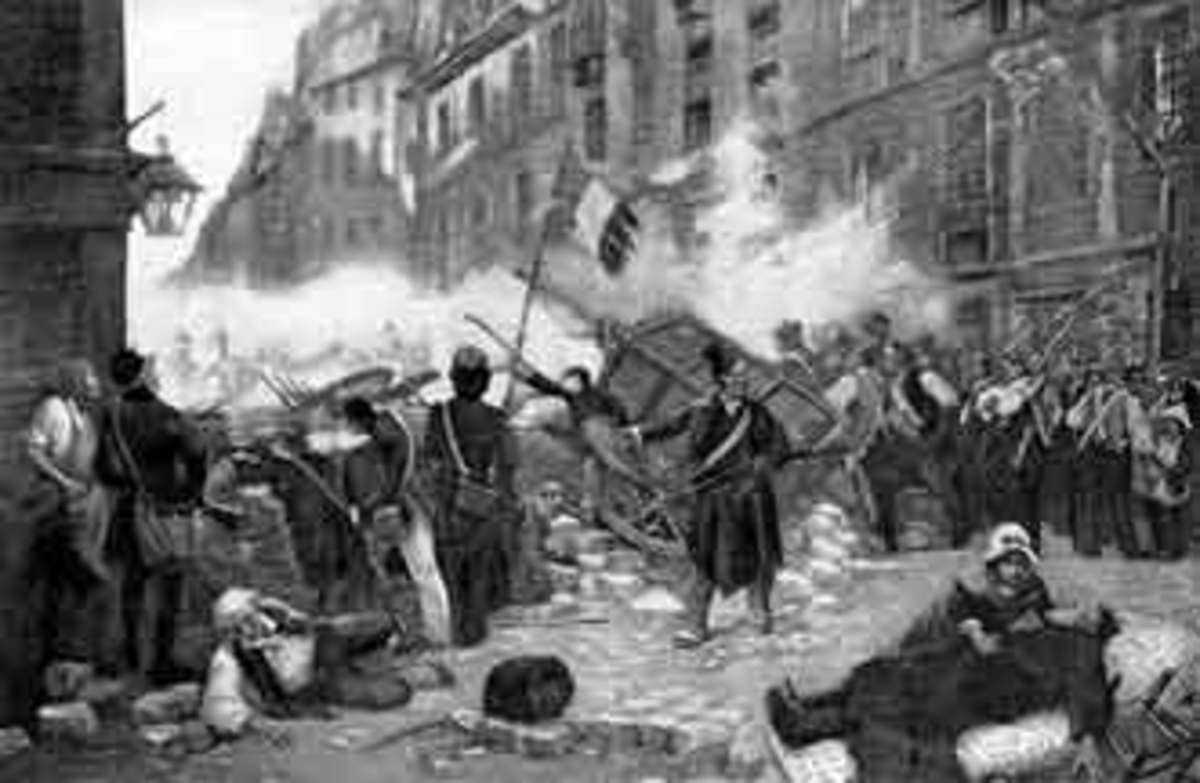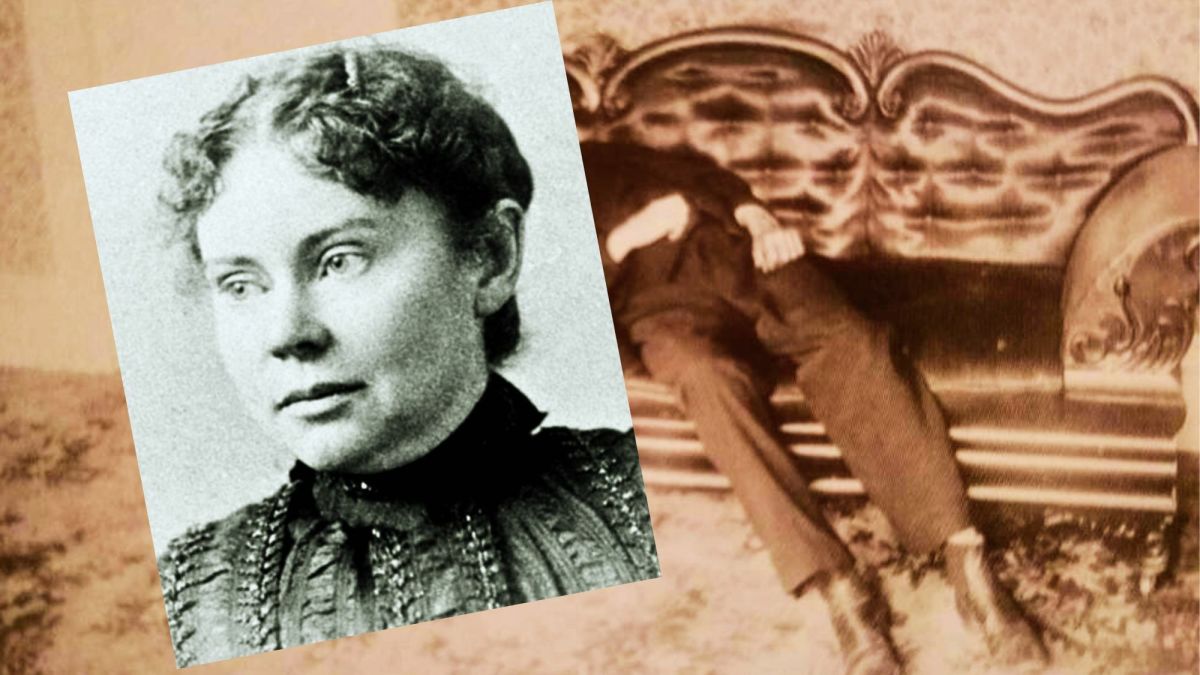Ethelred the Unready
Ethelred
Ethelred the Unready, he was called, Unready in those days meaning, 'ill advised,' or 'bad policy.'
Ethelred's father, King Edgar, 943 to 975 AD had died suddenly in July of 975, leaving two young sons behind him. The elder, Edward was Edgar's son by his first wife, Ethelflæd, and was described as 'a youth on the verge of manhood,' in 975. The younger son, by Edgar's second wife Elfthryth was Ethelred. Edgar had married her in 964. At the time of his father's death, Ethelred could have been no more than 10 years old. As the elder of Edgar's sons, Edward claimed the throne but a number of English nobles opposed Edward's succession and thought that Ethelred should be king. Ethelred was, after all, the son of Edgar's last, living wife. It was the brothers' supporters, and not the brothers themselves, who were responsible for the arguments which accompanied the choice of a successor to the throne. Ethelred's claim was led by his mother and included the Earldorman of Mercia and the Bishop of Winchester, while Edward's claim was supported by the Archbishop of Canterbury and the Archbishop of York with the Earldorman of Essex and many other nobles. Edward's supporters proved the more powerful and persuasive, and he was crowned king. Edward reigned for only three years before he was murdered by his brother's household. Edward was killed at Ethelred's estate in March of 978, recorded at the time by monastic writers. 'Relations with Ethelred and his mother were very friendly and he was visiting them informally when he was set upon by the servants, who came out to meet him. They stabbed him before he could dismount.' As far as can be seen the murder was planned and carried out by the servants of Ethelred's household so that their young master would become king. No one was punished for the crime, and Ethelred, was crowned a month after the murder. According to one chronicler, the coronation of Ethelred took place with much rejoicing. Another states that when Ethelred was consecrated king by The Archbishop of Canterbury, 'there was great joy at his consecration’, and describes the king as ‘a young man in respect of years, elegant in his manners, with an attractive face and handsome appearance.' He was about thirteen years of age at this time.

Danish Invasions
England had experienced a period of peace after the reconquest of East Anglia and Northumbria in the mid-10th century by Ethelred's father. However, beginning in 980, when Ethelred could not have been more than 14 years old, small bands of Danish Vikings carried out a series of coastal raids against England. Wessex was attacked in 981, and 982. A period of 6 years then passed before, in 988, another coastal attack is recorded taking place to the south-west, though here a famous battle was fought between the invaders and the defenders of Devon. During this period, the Normans, who remembered their origins as Scandinavians supported the Danish raiders by giving them sanctuary at ports in Normandy. This led to tension between the English and Norman courts, and word of the hostility eventually reached Pope John 15th The pope acted as a go between and took steps to engineer a peace between England and Normandy, which was eventually ratified in 991.
But in August of that same year a sizeable Danish fleet began a campaign in the south-east of England. It arrived off Kent and made its way around the south-east coast and sailed up the Blackwater river to the town of Maldon in Essex. A fierce battle was fought but the townsfolk were overwhelmed. This was the first of a series of crushing defeats the English would suffer at the hands of Danish raiders, followed by large Danish armies.
After the defeat at Maldon, it was decided that the English should grant the Danes what they wanted, and 10,000 pounds was paid to them to keep the peace. But the Danish fleet that had taken Maldon continued to plunder the English coast from 991-93. In 994, the Danish fleet,gaining in confidence and swollen in ranks since 991, turned into the Thames estuary and headed towards London. The battle fought here was inconclusive. Ethelred met with the leaders of the Danish fleet and arranged a truce. Ethelred signed a peace treaty with the Danes and paid them 22,000 pounds of gold and silver.
Exiled
In 997 Danish raids began again. Cornwall, Devon, Somerset and South Wales were attacked and plundered. In 998 Hampshire, Dorset and Sussex were attacked and in 999 Kent was again raided. In the year 1000 the Danes left England because the English had refused further 'Dane payment,' or Danegeld..
In 1001 a Danish fleet returned and ravaged West Sussex. The fleet had its base in the Isle of Wight. The raids were beginning again. There was an attempted attack in the south of Devon, but the Danes were beaten off. Ethelred again bought a truce for 24,000 pounds. His payments of immense Danegelds are often held up as the inefficiency of his government and his own incompetence.
In 1002, Ethelred decided that the Danish men who occupied England had to go, so he issued an order that they were all to be killed. A ridiculous order like this could not be carried out as the Danes were too strong, but some were killed and Gunhilde, sister of Sweyn Forkbeard, the King of Denmark, was among the victims. Sweyn's invasion of western England the following year was in revenge for her death. By 1004 Sweyn was in East Anglia, but here he met heavy opposition. The Danes suffered heavy losses. The Danish army left England for Denmark in 1005, perhaps because of their injuries sustained in East Anglia, perhaps from the very severe famine which afflicted the continent and the British Isles in that year. An invasion the following year was bought off in early 1007 by Danegeld money of 36,000 pounds, which bought England two years peace. Then the Danish army of 1009, led by Thorkell and his brother Hemming invaded again. It was the most formidable force to invade England since Ethelred became king. It wreaked havoc in England until it was bought off by 48,000 pounds in April 1012.
Sweyn then launched an all out invasion in 1013. He was determined to conquer England and make himself King. By the end of 1013 English resistance had collapsed and Sweyn had conquered the country. Ethelred fled to Normandy. The next year everything suddenly changed when Sweyn died on 3 February 1014. The Danes now gave their allegiance to Sweyn's son Canute, but the English leaders sent a deputation to Ethelred to negotiate his restoration. If he would promise to be true to them and to reform everything they had complained about, forgive all that had been said and done against him, they would back him in his claim to the throne.
Ethelred then launched an expedition against Canute and his armies. Canute's army had not completed its preparations, and in April 1014 he decided to withdraw from England without a fight, abandoning his claim. The debacle damaged the young and inexperienced Canute's prestige, but in August 1015 he was able to launch a new invasion and returned to England. Meanwhile, Edmund Ironside, Ethered's son had revolted against his father and raised an army to overthrow him. With Canute now on the scene, men flocked to join Edmund against both Canute and Ethelred. They were tired of Ethelred's stupid policies. Over the next months, Canute conquered most of England, and Edmund, seeing how strong the Danes were, rejoined Ethelred to defend London. Ethelred died on 23 April 1016, and the war between Edmund and Canute ended with victory for Canute at the Battle of Ashingdon on 18 October 1016.
Edmund's reputation as a warrior was so great that Canute decided to give Wessex to Edmund while he ruled the rest of the country. However, Edmund died on 30 November and Canute became king of the whole country.


